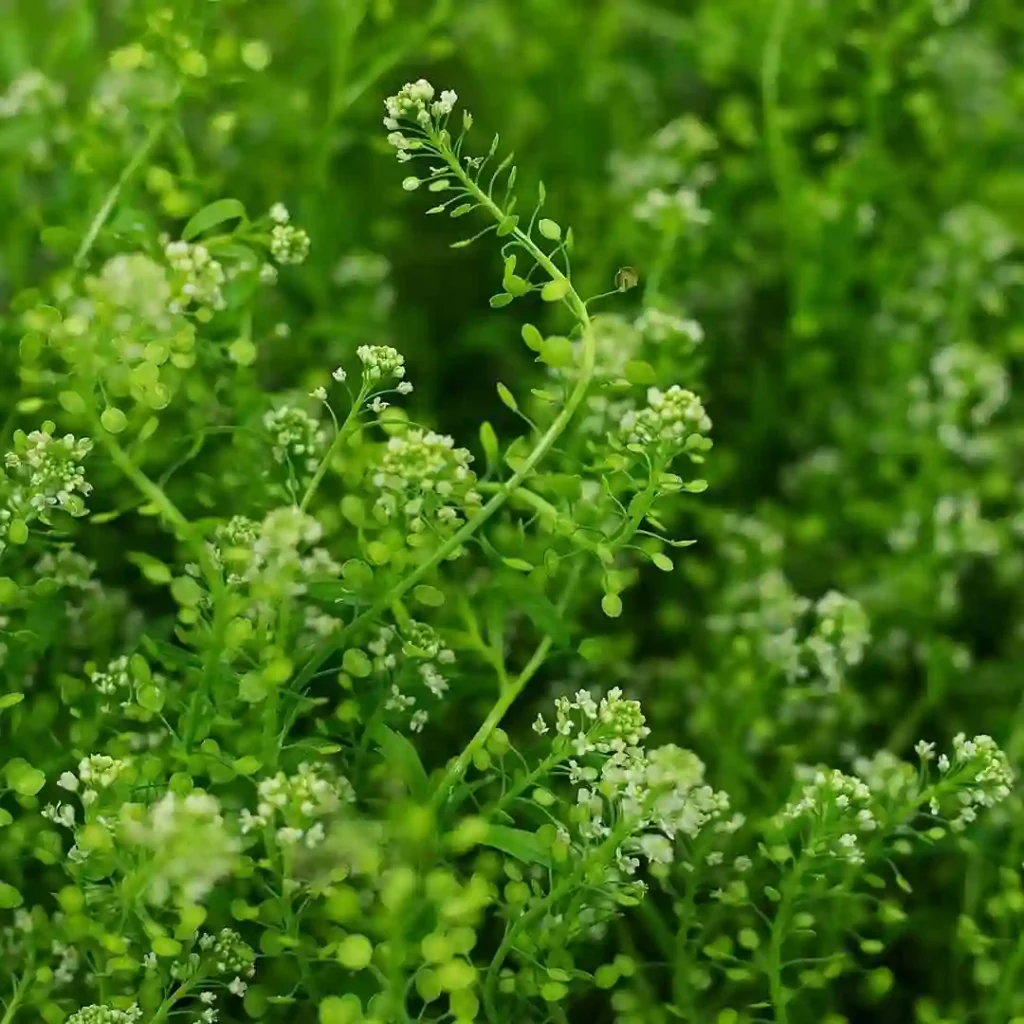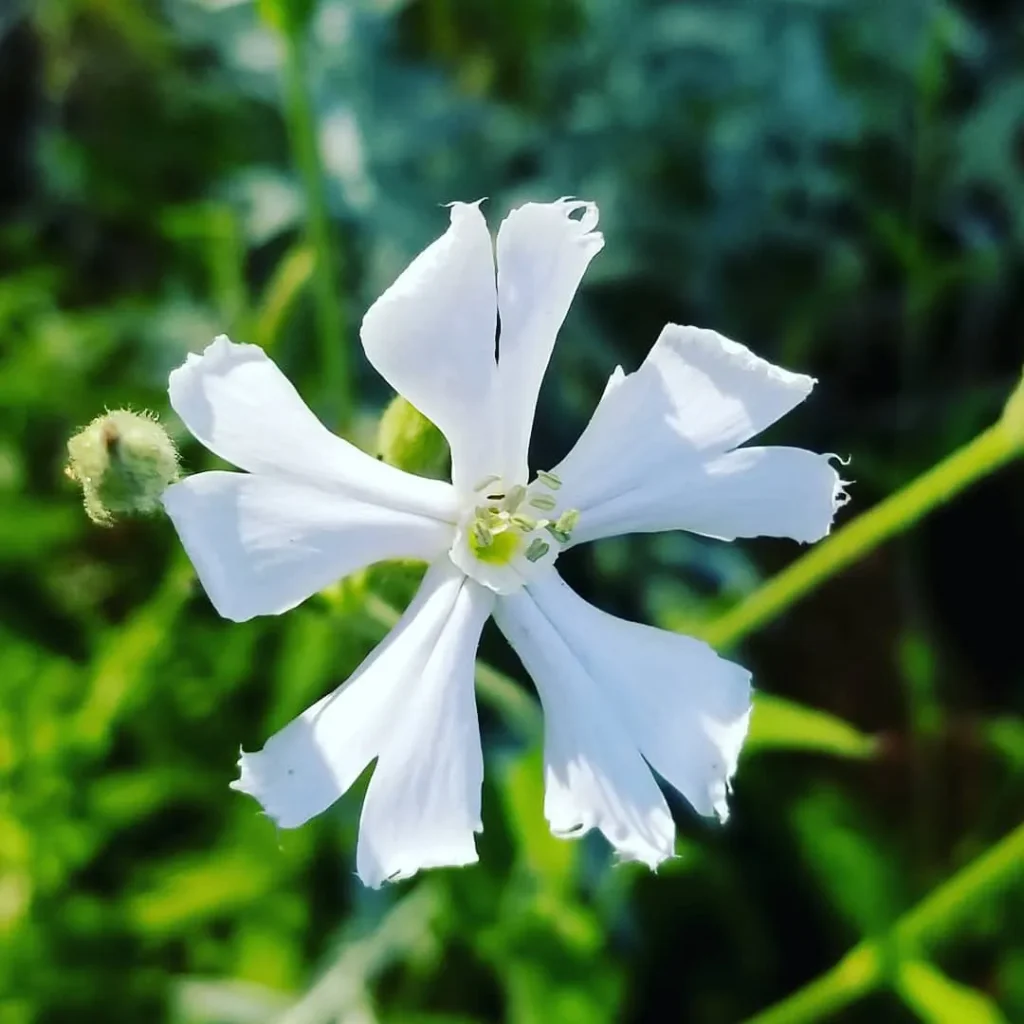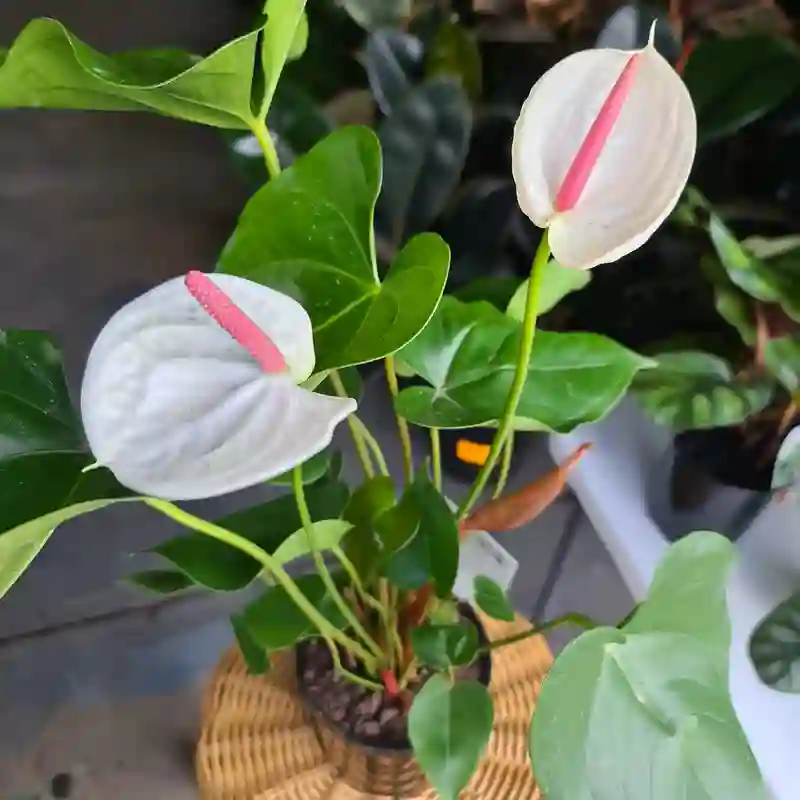The Thuja: An Evergreen Companion
My name is Ferb Vu, and I’ve always been drawn to the steadfast presence of evergreen trees. Among them, the Thuja genus holds a special place in my heart. These resilient conifers belong to the Cupressaceae family, with their scale-like leaves and aromatic wood, bring a touch of the wild to gardens and landscapes worldwide. Let’s delve into the world of the Thuja, exploring its diverse species and unique characteristics.
A Diverse Genus
The Thuja genus comprises five distinct species, each with its own unique charm and distribution:
- Thuja occidentalis: Commonly known as the Eastern White Cedar or Arborvitae, Thuja occidentalis is a popular evergreen tree native to eastern North America. Its dense, scale-like foliage and conical shape make it a preferred choice for hedging and landscaping. Thriving in a range of soil types, it tolerates cold climates well and can adapt to partial shade. Its wood is lightweight yet durable, making it valuable for construction and crafting. In addition to its ornamental appeal, it provides excellent winter shelter for birds and has historically been used by Native American tribes for medicinal purposes. Plant FAQs: Thuja Occidentalis Smaragd – Emerald Green Arborvitae
- Thuja plicata: Known as the Western Red Cedar, Thuja plicata is native to the Pacific Northwest, from Alaska down to northern California. This species is renowned for its towering height, sometimes reaching over 200 feet, and its aromatic, reddish-brown wood that’s resistant to decay, widely used in carpentry and construction. Its lush, feathery foliage provides year-round visual interest and supports local ecosystems, as its dense canopy creates a natural habitat for various birds and small animals. Highly adaptable, it can grow in moist, well-drained soils and withstands coastal conditions and high rainfall environments. Plant FAQs: Thuja Plicata Virescens
- Thuja standishii: Thuja standishii, or the Japanese Arborvitae, is a lesser-known species native to Japan, where it is often found in mountainous regions. It is valued for its unique appearance, characterized by fragrant, glossy green foliage that turns bronze in winter. This tree is smaller than some other Thuja species, typically reaching 30-50 feet in height, and is ideal for specimen planting. The Japanese Arborvitae is revered in Japan and used for timber and traditional wooden craftsmanship, benefiting from its resistance to rot and insect damage.
- Thuja koraiensis: The Korean Arborvitae, or Thuja koraiensis, is a cold-hardy evergreen native to the mountainous regions of Korea and northeastern China. It is known for its graceful, feathery foliage, which features a distinctive silvery underside that shimmers in the wind, adding texture and color contrast to gardens. It has a more compact growth habit than some other Thuja species, making it suitable for small landscapes and specimen plantings. Due to its adaptability to various soil conditions and tolerance for both sun and shade, it’s a versatile choice for colder climates.
- Thuja sutchuenensis: Thuja sutchuenensis, or the Sichuan Thuja, is a rare and endangered species native to the Sichuan province of China. It was thought to be extinct until rediscovered in the 1990s, and its population remains small and fragmented. This tree features soft, light-green foliage with a slightly more open and airy structure than other Thuja species. Due to its rarity and specific habitat requirements, Thuja sutchuenensis is seldom found in cultivation, but efforts to conserve and protect it in its native environment continue as part of broader preservation efforts for China’s endangered flora.
Characteristics of the Thuja
What unites these diverse species under the Thuja banner? Several key characteristics define this remarkable genus:
- Evergreen Foliage: Thuja trees retain their scale-like leaves throughout the year, providing year-round color and texture.
- Aromatic Wood: The wood of Thuja species often has a pleasant, cedar-like fragrance, making it a popular choice for crafting and construction.
- Cone Production: Thujas produce small, inconspicuous cones that contain the seeds for reproduction.
- Adaptability: Many Thuja species are remarkably adaptable, tolerating a range of soil conditions and climates.
The Thuja in Culture and History
Thujas have played a significant role in human history and culture. Native Americans, for instance, utilized the durable wood of the Western Redcedar for canoes, totem poles, and longhouses. The Eastern Arborvitae, with its association with longevity and immortality, was dubbed the “tree of life” by early European settlers.
The Thuja in Modern Times
Today, Thujas continue to be valued for their ornamental beauty, adaptability, and practical uses. They are commonly planted as hedges, privacy screens, and specimen trees in gardens and landscapes. The rot-resistant wood of some species, particularly the Western Redcedar, is still prized for outdoor construction and furniture making.
Conservation Concerns
While some Thuja species thrive in cultivation, others face significant threats in their natural habitats. The Korean Arborvitae, for example, is endangered due to habitat loss and over-exploitation. Conservation efforts are underway to protect these vulnerable species and ensure their survival for future generations.
My Personal Connection
I find myself drawn to the Thuja for its resilience, its understated beauty, and its connection to both nature and human history. Whether standing tall in an ancient forest or gracing a suburban garden, the Thuja embodies a sense of enduring strength and quiet dignity. It’s a reminder that even in the face of adversity, life persists, adapts, and finds a way to thrive.
I hope this exploration of the Thuja genus has sparked your own curiosity about these remarkable trees. Perhaps you’ll even consider adding one to your own garden, welcoming its evergreen presence and the touch of wildness it brings.
If i die, water my plants!



